Below are links to instructional videos that are freely available to those students who sign up with Daniel’s Maths Tuition NZ for at least a term. They range from basic NCEA Levels 1-3 material up to the final year of university, and cover the fundamentals of maths/physics in a systematic way. They are not a substitute for your school or university course but complement the material you are learning, in tandem with our private tuition.
Back to Basics
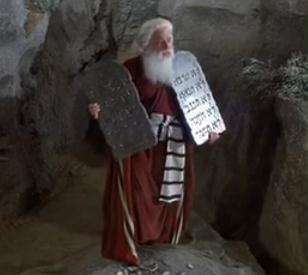
- What are These Videos About?
- BEDMAS and Column Arithmetic
- Long Division and Continued Fractions
- Solving Quadratic Equations
- Exact Solutions vs Numerical Solutions
- How to Use a Calculator Properly
Solving Algebraic Problems

- Triangle Relations
- Rubber Duckies
- Substitution and Powers
- Areas and Quadratics
- Understanding Rational Functions
- Basketball and Cylinders
Tables, Equations and Graphs

Geometric Reasoning
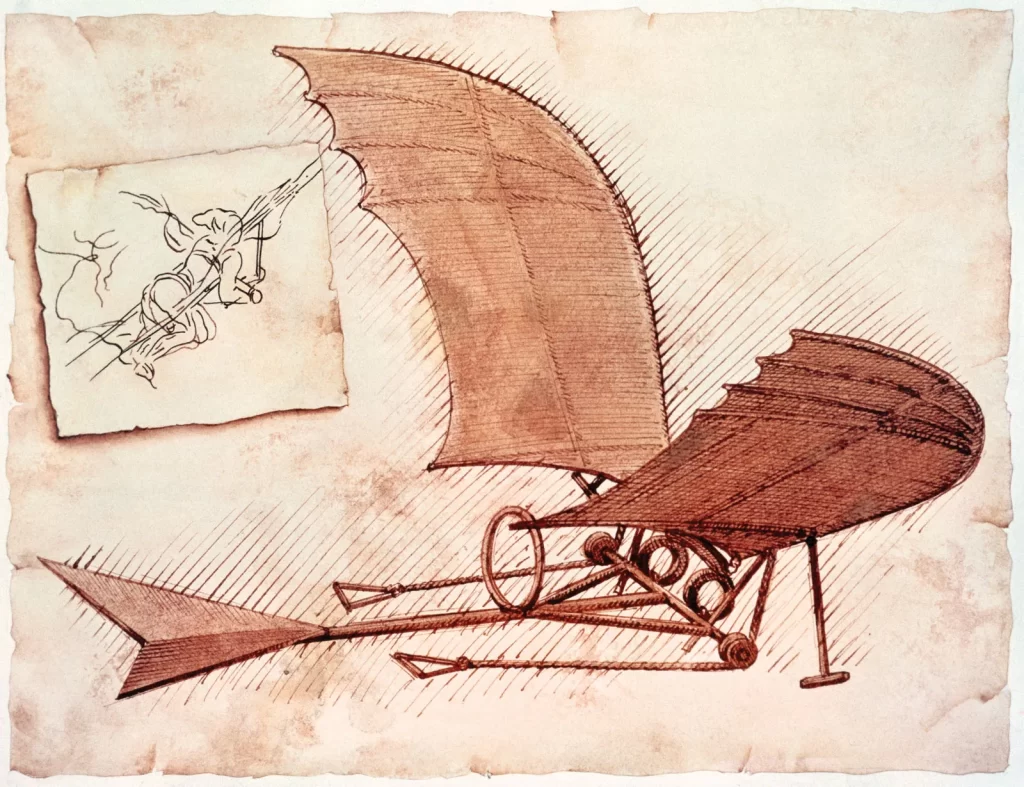
- Isosceles Triangles
- Ferris Wheel
- Laws of the Circle
- Triangles within Triangles
- Joined Up Thinking
- Getting Your Bearings
Understanding Logic and Proofs

- Sets and Logic
- What are Functions?
- Where’s the Proof?
- Speaking Logically
- Mathematical Induction
- Strong Induction
- Recurrence Relations
A Gentle Introduction to Algebra

- Trigonometry
- Radians vs Degrees
- Complex Numbers
- Operations and the Polar Form
- Solving Complex Equations
- A Couple of Problems
- A Couple More Problems
- Vectors
- The Scalar Product
- Lines and Planes
- Systems of Equations
- Echelon Form
- Gaussian Elimination
- Gauss-Jordan Elimination
Using Algebraic Methods

- Simplifying And Factorising
- Mark it in a Calendar
- Discriminating between Solutions
- Reciprocal Polynomials
- Logarithm Laws
- Manipulating Logarithmic Equations
- Intersections of Curves
- Compound Interest
- Cubes vs Cuboids
Using Calculus Methods

- The Newton-Raphson Method
- Gradients of Functions
- Maximising Logos
- Recovering the Function
- It’s Just Not Cricket
- Slopes and Tangents
- Platonic Solids
- Taking the Plunge
- Building Houses
A User’s Guide to Basic Calculus

- Types of Numbers
- Polynomials
- Rational Functions
- Trigonometric Functions
- Trigonometric Identities
- Sine and Cosine Rules
- Calculus at a Glance
- Rules of the Game
- Exponentials and Logarithms
- Derivatives of Inverse Functions
- Hyperbolic Functions
- Related Rates
- What is Integration?
- Basic Integration Techniques
- Integration-by-Parts
- Volumes and Surface Areas
Complex Number Problems

- Frankenstein’s Number “i”
- Absolute Values
- Finding Complex Roots
- Arguments and Loci
- Taking n-th Roots
- Manipulating Complex Expressions
Solving Differentiation Problems

- First Derivatives
- Parametric Form
- Gradients and Displacement
- Areas and Lengths
- Comparing Rates of Change
- Optimisation
Solving Integration Problems
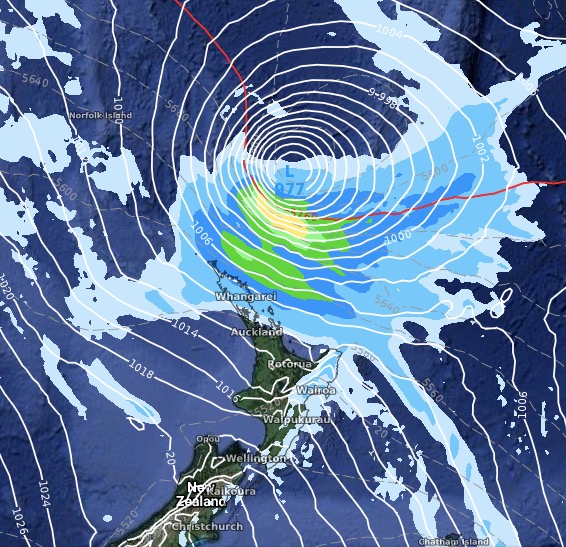
- No sec^2(x), we’re British!
- Limits of Integration
- Separable D.E.s
- There’s a Hole in my Oil Tank
- The Trapezium Rule
- Areas between Curves
Matrices and Linear Algebra

- What are Matrices?
- Matrix Multiplication
- Matrix Inversion
- Homogeneous Equations
- 2×2 Matrices
- Linear Transformations
- Eigenvalues
- What is the Cross Product?
- Applications of the Cross Product
- Linear Equations in 3-D
- Shortest Distances
- Computing NxN-Determinants
- 3×3-Eigenvalues and Eigenvectors
- Cramer’s Rule
Waves

- Types of Waves
- Mirror, Mirror
- Through the Looking Glass
- Critical Angles
- Red Oktober
- Ropes and Pulses
- Superposition of Waves
- Interference Patterns
- Harmonics and Resonance
- Playing the Pipe Organ
- Pan Pipes and Buzzers
- The Doppler Effect
- Diffraction Spectra
- Polarised Light
Mechanics

- Newtonian Physics
- Vector Displacement
- Velocity-Time Graphs
- Vertical Projection of a Particle
- Catapulting Food and Medicine
- Collision of the Spheres
- Exploding Pies
- Driving Miss Daisy
- Inclined Planes
- Après-Ski
- Ropes and Pulleys
- Give us a Tow
- Walking a Tightrope
- Hanging by a Thread
- Bascule-Suspension Bridges
- The Great Glass Elevator
- Centripetal Force
- A Softball Match
- Table Torque
- Hooke’s Law
Rotational Motion

- Orbiting Satellites
- Geostationary Orbits
- Kepler’s Law
- Stellar Masses
- A Rollercoaster Ride
- Road Banking
- Uniform Circular Motion
- Angular Momentum and Rotational Inertia
- Plummeting Kittens
- Simple Harmonic Motion
Atomic and Nuclear Physics

- Common Atomic and Nuclear Topics
- The Status of Modern Physics Today
- Blackbody Radiation
- The Photoelectric Effect
- Determining the Work Function
- Mercury Vapour Experiment
- The X-ray Spectrum
- Absorption Spectrum for Xenon
- Emission Spectrum for Sodium
- Compton Scattering
- De Broglie Momentum and Wavelength
- Quantum Phenomena
- Decay of Radioactive Bromine
- Radioactive Decay Series
- Nuclear Fission and Fusion
- The Nuclear Option
Electricity and Magnetism

- A Current Affair
- Electric Field Strength
- Electrostatic Potential Energy
- DC Circuits
- A Light-bulb Moment
- Electromagnetism
- Swings, Loops and Rods
- Coulomb’s Law
- More Power, Igor!
- Capacitors and Discharge
- Transformers and Power Loss
- Reactance and Impedance
- Resonance in RCL Circuits
- Ampère’s Law
Scholarship Calculus

- The Plot Thickens
- A Complex Question
- Simultaneous Tan Functions
- Symmetries in Polynomials
- Roots of the Same Sign
- Double Angled Triangles
- GP Side Lengths
- Logarithmic Differentiation
- Drippers and Flasks
- Sectors and Chords
- De Moivre on Steroids
- Area of an Astroid
- Triangles inside Ellipses
- A Cheap Parlour Trick
- A Nasty Integral
- Predator-Prey Models
Mathematics for Computer Science

- You Can Handle the Truth
- Making it Legal
- We’re Not in Kansas Anymore, Toto!
- Proof, Counterexamples and Straw Men
- Predicate Logic
- God Made the Integers
- Clock Arithmetic
- The Example of R.S.A.
- Mathematical Induction
- Strong Induction
- Room 101
- Recursion
- Solving Recurrences
- Relations
- Partially Ordered Sets
- Hasse Diagrams
Differential Equations

- Introduction to D.E.s
- Solving Separable D.E.s
- First Order Homogeneous D.E.s
- Linear First Order D.E.s
- Euler’s Method and Runge-Kutta
- Second Order D.E.s
- More Second Order D.E.s
- Power Series Methods
Multi-Variable Functions
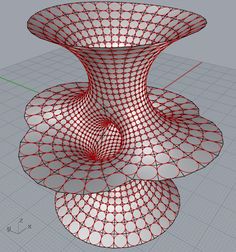
- Partial Derivatives
- Second Order Derivatives
- The Total Differential
- More Rates of Change
- Locating Stationary Points
- Application to Optimisation
- Partial Integration
- The Wave Equation
- The Heat Equation
- Further Topics in PDEs
Exploring Further Calculus
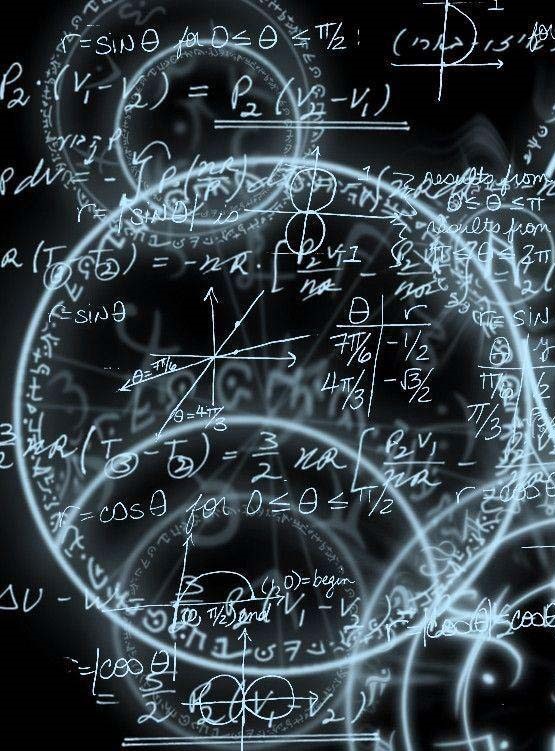
- The Completeness Axiom
- Limits of Sequences
- Ratio, Comparison and Alternating Series Tests
- The Real Topology
- The Algebra of Limits
- Left-hand and Right-hand Limits
- Intermediate Value Theorem and l’Hopital’s Rule
- Rolle’s Theorem and the Mean Value Theorem
- Taylor series and Stationary Points
- Big O(-) Notation
- Partitions
- Defining the Integral
- Uniform Continuity
- Constructing the Anti-Derivative
- Fundamental Theorem of Calculus
Fun with Number Theory

- Fermat’s Last Theorem
- Sums of Squares
- Polynomials and Irreducibility
- Algebraic vs Transcendental Numbers
- Classical Formulae for Roots
- Diophantine Approximation
- Rational Points on Conics
- Arithmetic Functions
- Euler’s Phi-function
- Properties of Congruences
- Solving Congruences
- Another Example
- Euclid’s Algorithm
- More Examples
- Legendre Symbols
- Residues and Non-Residues
- Gauss’ Lemma
- Law of Quadratic Reciprocity
Elements of Modern Cryptography

- What is Cryptography?
- Some Basic Cyphers
- Kerckhoffs’ Principle
- Index of Coincidence
- Estimating the I.C.
- Polyalphabetic Substitutions
- Combining Cryptosystems
- Feistel Cyphers
- Data Encryption Standard
- One-way Functions and Passwords
- Diffie-Hellman Key Exchange
- The Massey-Omura Cryptosystem
- The R.S.A. Cryptosystem
- The ElGamal Cryptosystem
- What is Information Theory?
- Standard Entropy
- Sources and Codes
- Digital Compression
- Key Equivocation
- The Unicity Distance
- Estimating the U.D. in Practice
